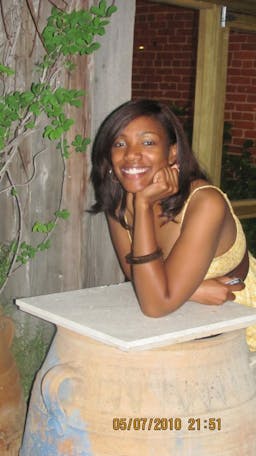Web 2.0
Jan 21, 2015
First story
Too often, people with a lack of adequate health education and access to healthcare resources are blamed for not making better health choices. Money is then spent to target messaging towards these populations. Still, many of these health education messages never reach their intended audiences. Communication barriers such as literacy, culture, technology and language may exist. However, the main obstacle that prevents the uptake of these messages is a sense of ownership and empowerment. Web 2.0 will allow users to generate their own messages, become a part of the education process of their communities, and in turn create healthier communities.
To foster storytelling for education and advocacy of critical issues in minority communities such as mental health and sexual health, I am currently working on exploring ways to reach African American women ages 18-34 with social media tools such as Twitter, Facebook, and viral video to prevent unintended pregnancy. By using these tools, we are reaching the audience in more cost effective ways than traditional media and in a less saturated environment. Similarly, we will empower our users to tell their own stories. I have worked with other forms of media such as digital video to reduce stigma of mental illness and blogging to demonstrate the connection between faith and health.
Personally, I have reaped many benefits from others with my own struggles of depression and weight loss. Through online social networks and blogs, I was able to find support and a personal touch when there wasn’t one near by. I feel that using such an interface creates an environment where intimacy is not compromised for the sake of convenience.




